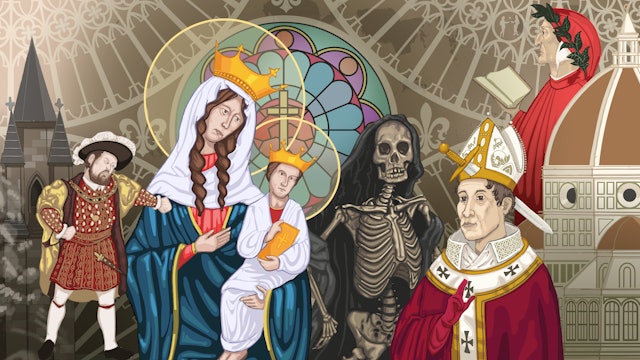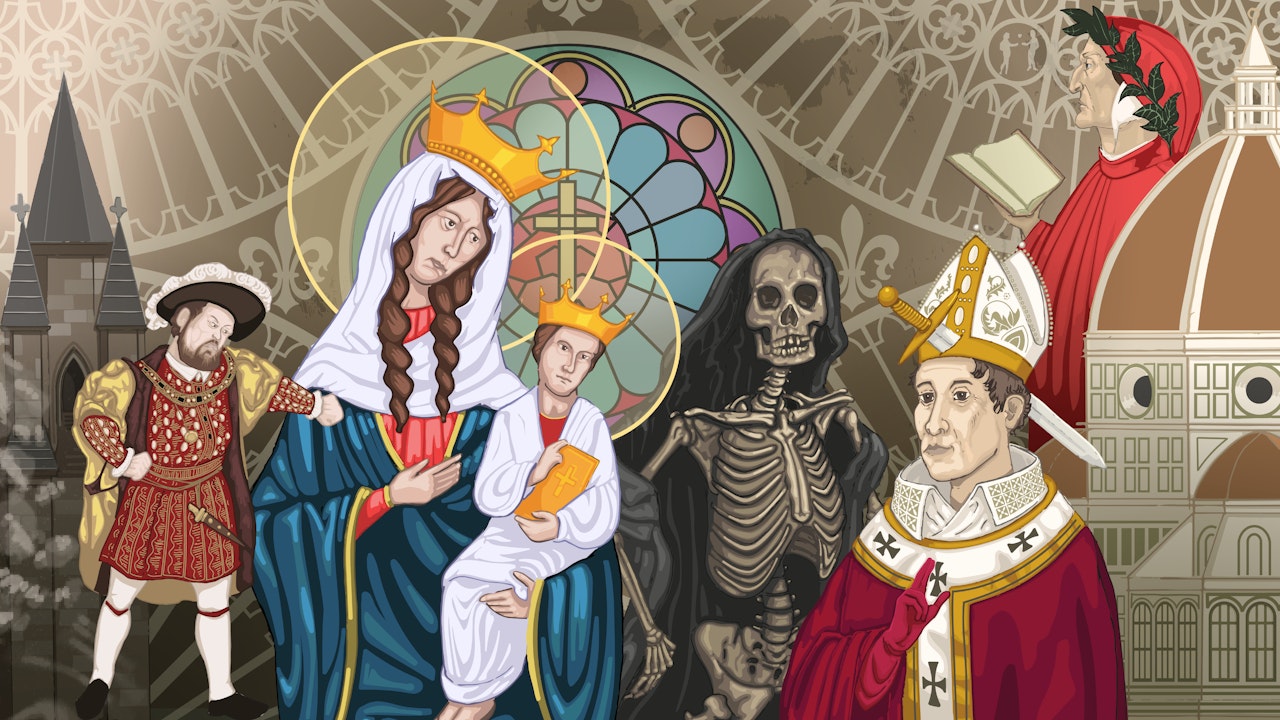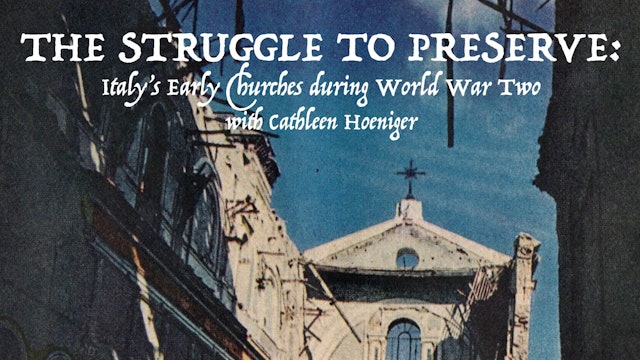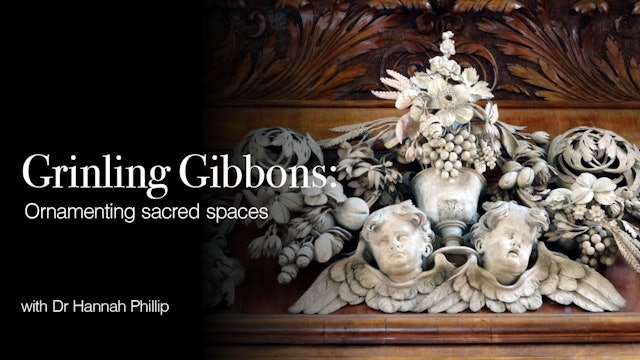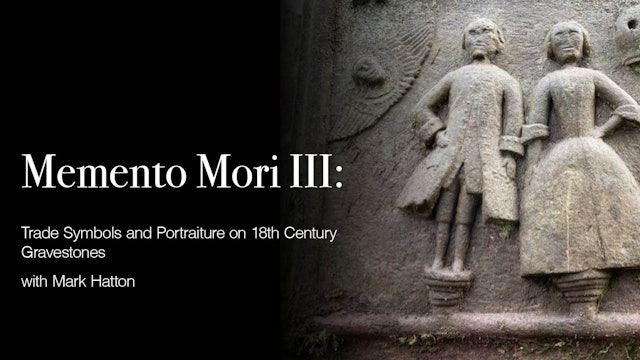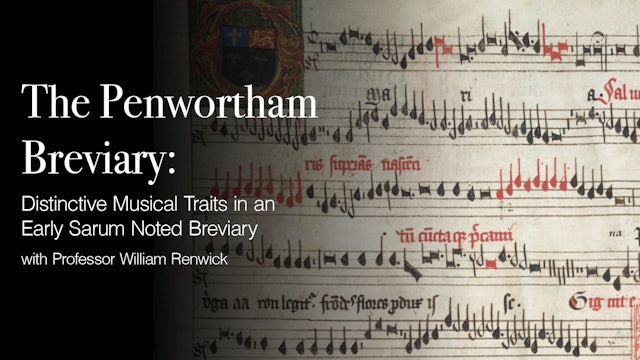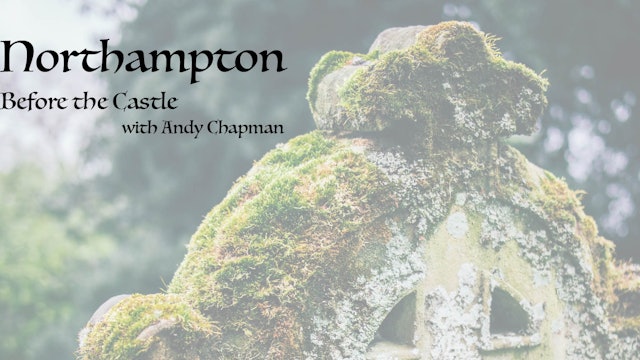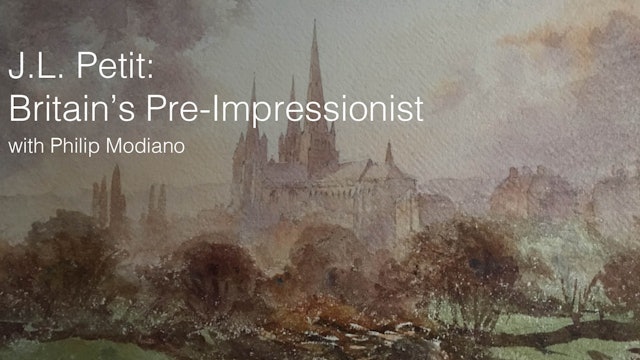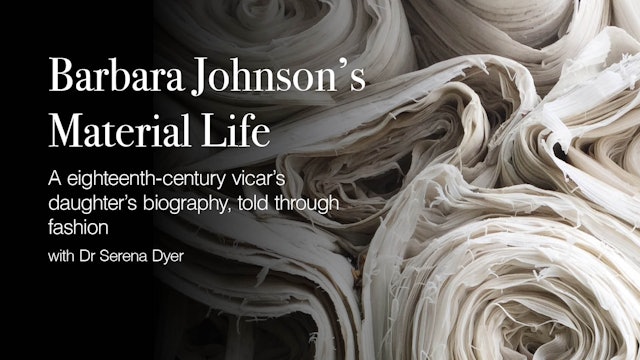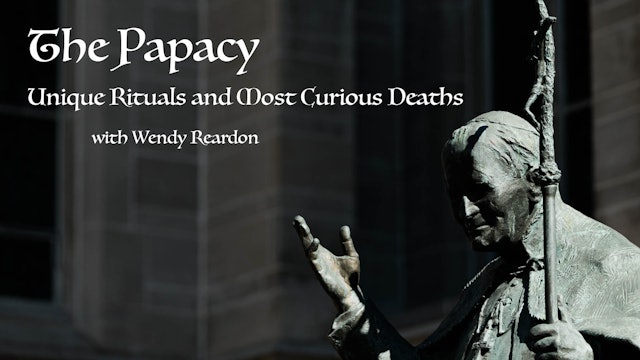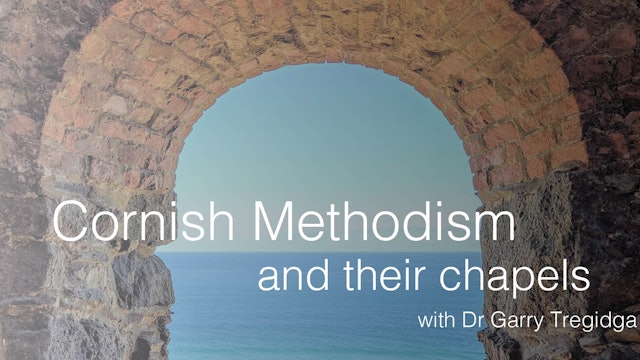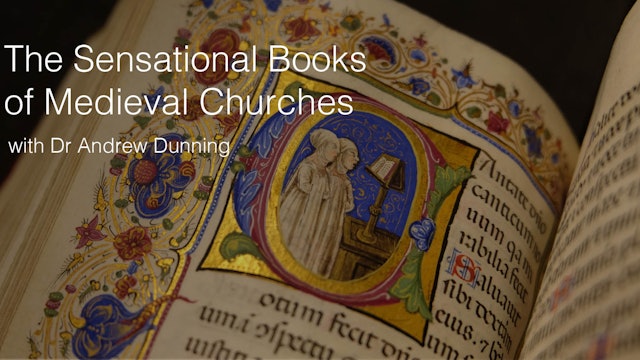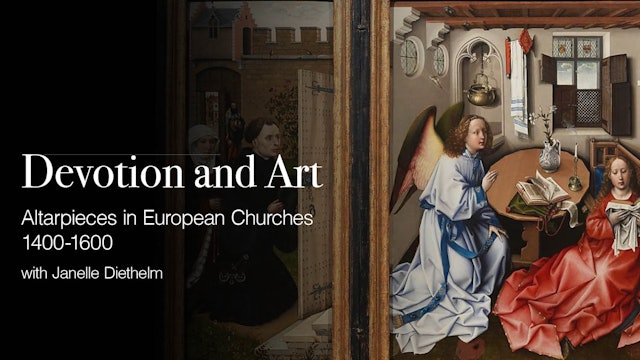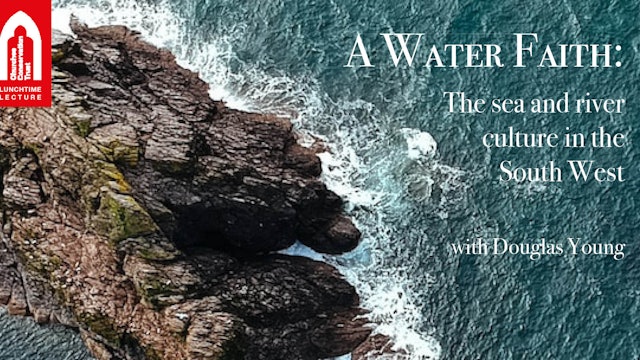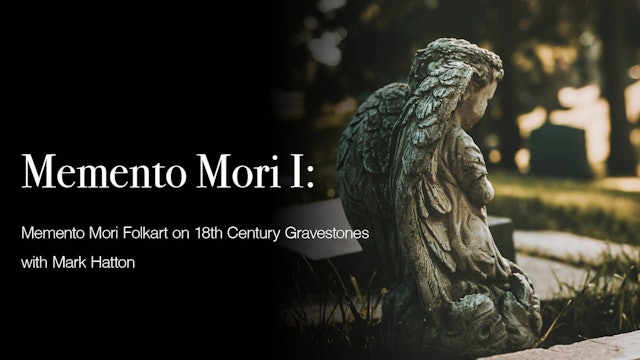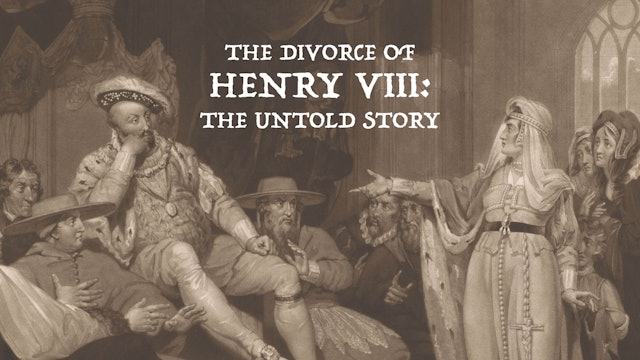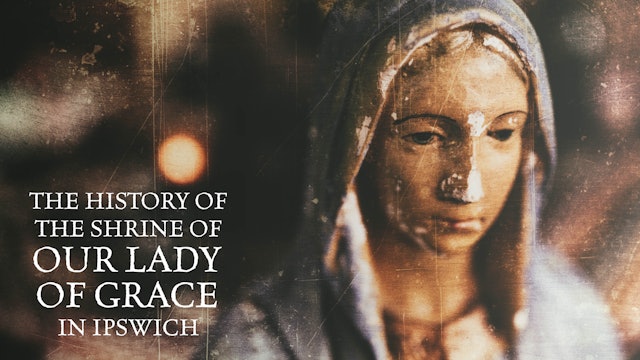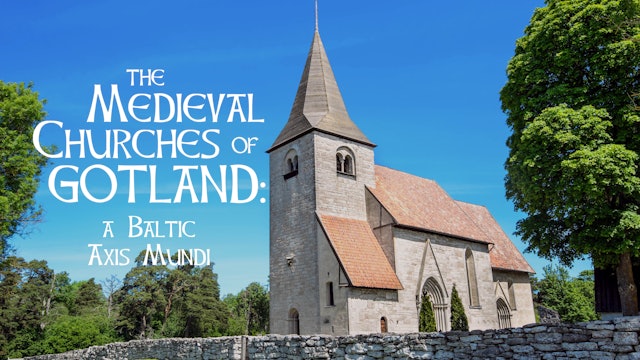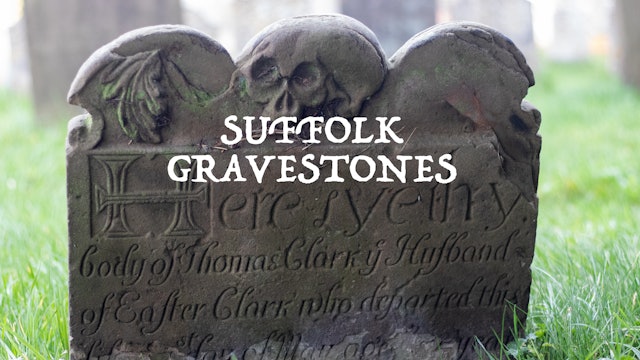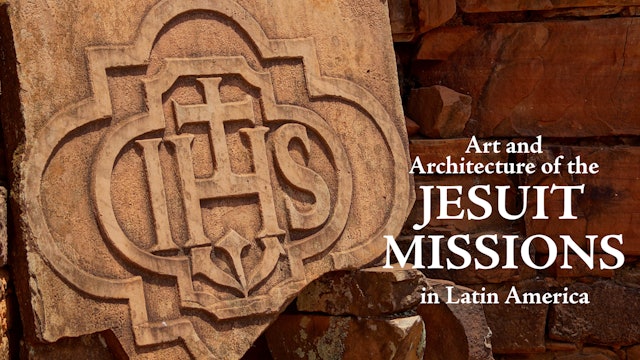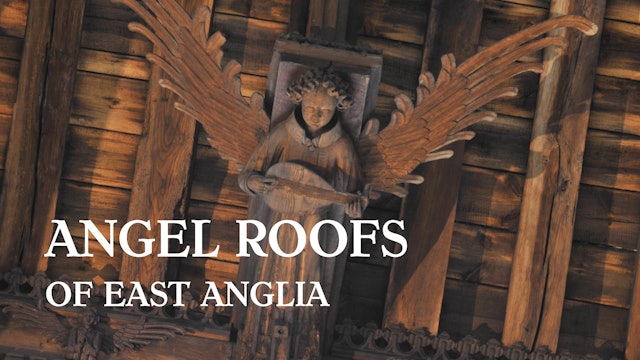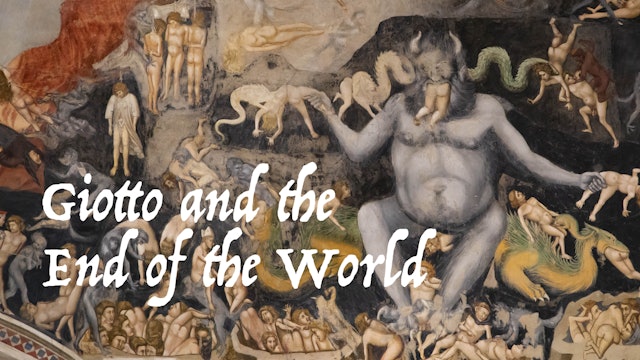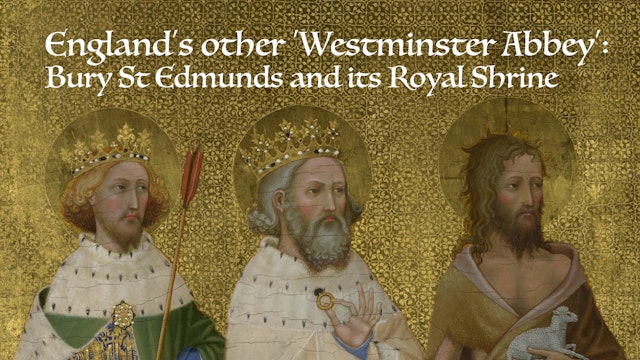Our Free Lectures
Whoever said churches were dull and boring clearly hasn't been following our weekly lecture series. Our free lectures take place live every Thursday online, but you can catch up on every single one right here. Our lectures explore everything from art, architecture, history, politics to even some pretty weird and wonderful topics too! Explore and watch them all here.
-
The Struggle to Preserve Italy’s Early Churches during World War Two
This talk will focus on the plight of historic churches and their ornamentation in Italy during World War Two. Drawing on documents and war photographs, Cathleen will feature a few specific churches, and explore three stages in the preservation process. These are the establishment of anti-aerial ...
-
Grinling Gibbons: Ornamenting Sacred Spaces
Grinling Gibbons, the greatest carver in British history, had an unequalled ability to transform solid, unyielding wood and stone into something truly ethereal. He brought a new decorative style to Baroque England; his carvings of extraordinary realism were sought to adorn the grandest country ho...
-
Memento Mori III
The Gravestones for many families were decorated with the trade symbols and tools of their family trade, whilst other families chose portraiture to memorialise their dead. Mark Hatton takes us through images that provide us with a deeply personal view of the people, their lives and livelihoods an...
-
The Penwortham Breviary
William will primarily look at the Breviary from a musical point of view, discussing some of the musical variants and explaining how they are truly variant and not simply errors. His research interests encompass studies in tonal counterpoint and analysis and Gregorian chant as well as computer ap...
-
St Peter’s Church and Middle Anglo-Saxon Northampton
Excavations in the 1980s uncovered the remains of a large timber hall, dating to the 8th century AD, which stood to the east of St Peter’s church and west of the lost early church of St Gregory. The timber hall was later replaced by a similarly large stone hall, which fell out of use in the 10th ...
-
The Fifteenth Century Prelacy – a Prelude to Powerlessness?
Des will discuss how the submission of the clergy to Henry VIII and their acquiescence to the break with Rome represent a puzzle. Why did the late medieval Church come to an end in what seems such a meek and even impotent fashion? What was the role of the prelacy in that process?
This talk wil...
-
J.L. Petit: Britain's Lost Pre-Impressionist
We look into the long-lost history of John Louis Petit (1801-68), who was famous in the mid-19th century for both for his architectural writing and for his unusual impressionistic art. In architecture he had a significant influence, where architects felt able to vary from ecclesiologist prescript...
-
Barbara Johnson’s Material Life
Barbara Johnson was the daughter of Woolsey Johnson, a career-churchman and rector at a number of parishes around the Lincolnshire/Northampton/Buckinghamshire area. This talk examines how Barbara's religious education and upbringing influenced her consumption of clothing.
-
The Papacy
The traditions associated with a pope’s death have changed from when they were buried in the catacombs of Rome. Various ceremonies, rites and rituals developed over time, but a formal procedure was not initiated until the early 1300s and even then was not always strictly followed.
This comprehen...
-
Remembering the Wesley Tapestry
The sketch drawing based on Gwennap Pit was the symbol used to promote the Methodist contribution to the Cornish Drama Festival of 1951. This event was itself part of that year’s Festival of Britain and brought together Cornwall County Council, the Religious Drama Fellowship, the Federation of Wo...
-
The Sensational Books of Medieval Churches
This talk highlights a range of books for worship, which come in every shape and size, designed around a range of human and environmental considerations. These volumes were not for the eyes only; they were also heard, smelt, touched, and kissed.
-
Devotion and Art
Janelle will discuss devotional art and their hidden symbolism, that decorated churches in Europe. First touching on the Northern Renaissance and the role of altarpieces, Janelle will next take a closer look into who commissioned them. The last two works are private devotionals and connect to the...
-
A Water Faith: Faint Signs in the Mist, an Introduction
Douglas discusses the emergence of the Maritime Church in both coastal and river environments, facilitated by the travelling activities of Early Christian and Celtic Saints. Douglas sheds insight into how we might find clues in the landscape to understand how Christianity has geographically trave...
-
Memento Mori I
Mark’s lecture will focus on the “Meaning, Mystery and Beauty of 18th Century Symbolic Gravestones” and the Memento Mori that proliferated in this period. The lecture will be given by Mark Hatton who is an expert in this field and will be including many of his own photos to illustrate what promis...
-
The Divorce of Henry VIII: The Untold Story
Henry VIII’s divorce from Catherine of Aragon is one of the iconic events of English history. At the start of the negotiations, no-one would have predicted it would end in a break with Rome. It took six years of cajoling, bribing, spying and lying before the Henry and his ministers made that fina...
-
The History of the shrine of Our Lady of Grace in Ipswich
Explore the wonders of the miracles and architecture of this important Medieval shrine, the famous Tudor miracle of the maid, the disappearance and then reappearance of the statue from the shrine and the forming of the Guild to honour the re-dedication of the new shrine.
Phil is the Sacristan fo...
-
The Medieval Churches of Gotland: A Baltic Axis Mundi
Gotland is a Baltic island that boasts no fewer than 92 medieval churches and hence one of the highest concentrations of medieval churches anywhere in Europe. One of the many things that make this particular body of historic buildings intriguing is their unusual incorporation of influences from b...
-
Suffolk Gravestones
Local historian, Robert Halliday, a former employee of the Churches Conservation Trust, has a long standing interest in the churches of his home county of Suffolk. In 2003 he realised that, while many studies of Suffolk churches have been published, none of these had paid any great attention to t...
-
Art and Architecture of the Jesuit Missions in Latin America
The Jesuits were one of the most active religious orders working the mission field in colonial Latin America, and one of the greatest patrons of church architecture and the arts. Their approach involved adapting forms and traditions from indigenous peoples to make Christianity seem more palatable...
-
Saints Alive: The ripping yarns behind CCT church dedications
Storyteller and art historian Kirsty Hartsiotis will tell the stories of a selection of the Churches Conservation Trust’s church dedications, such as St. Alrida, St. Kenelm and St. Petroc, looking at the traditional tales and examining the way these stories have developed over time from saint’s l...
-
Angel Roofs of East Anglia
Join Dr Sarah Cassell as we explore the history of East Anglian Angel Roofs. We'll be visiting several CCT churches along the way.
-
The Devil: An Unauthorised Biography
Talk of the Devil has become distinctly unfashionable. Our sceptical age has pensioned off Satan, for centuries the face and name put to the abstract reality of evil. However, the creation of Popes, archbishops and priests will not so easily accept his fate, and Satan continues to serve as a meta...
-
Giotto and the End of the World
For the majority of Christians, Advent is a season of preparation for the birth of Christ – the lead up to Christmas. But theologically it also heralds the Second Coming, and it was traditional for sermons on the Four Sundays of Advent to be about the Four Last Things – Death, Judgement, Heaven a...
-
England’s other ‘Westminster Abbey’: Bury St Edmunds and its Royal Shrine
While the shrine of St Edward the Confessor in Westminster Abbey may be more famous, the royal shrine that mattered the most to England's kings between the 10th and 16th centuries was located outside London in the Suffolk town of Bury St Edmunds. This lecture explores who St Edmund was, why he ma...

